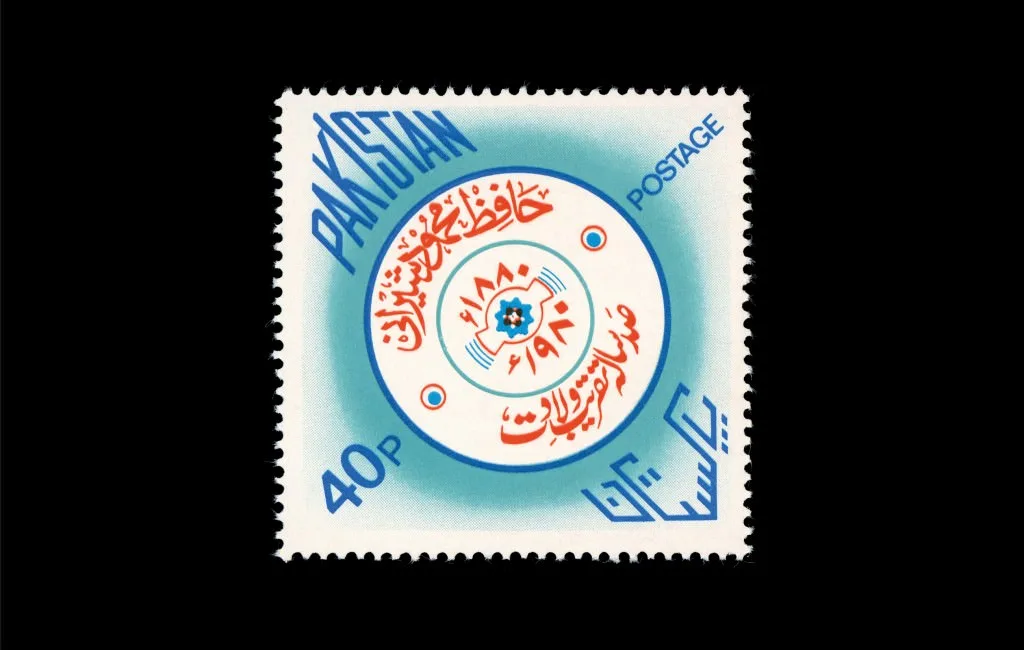

“Anybody who collects stamps is like the trainspotter of design,” says Tony Brook, the graphic designer and co-founder of the Unit Editions publishing imprint. He means that as a compliment – Unit’s book is a gorgeous 328-page celebration of stamps, showcasing the collections of philatelists Iain Follett and Blair Thomson.

For Tony, the book has been a labour of love as he has history when it comes to stamps, although he admits it took him some time to see them as designed objects.
“I was five or six years old when I first collected stamps and they were like windows into foreign places, these little letterboxes into how a culture sees itself. But I didn’t realise that anybody had been designing them until I had been collecting stamps for two or three years. Before that they just existed in my mind, but I remember looking at a David Gentleman stamp and thinking, ‘Someone designed this.’ There was real thought in it.
“That was the first time I had ever seen the hand of a human being in making a stamp. It was a really special thing.”

Graphic Stamps brings together 450 stamps from 58 countries, and Tony and his team clearly delighted in expanding their design horizons. “There were certain countries I didn’t understand had such a rich graphic culture; that there were all these capable, brilliant designers. And there’s a little bit of national pride about stamps, a bit of compressed culture. So with the Venezuelan stamps, I can sense the vivacity of the place – there’s a real spirit. Or look at the colour choices on Indian stamps – they have got a real buzz about them.”
As with all of Unit’s books, there has clearly been a lot of care and consideration into how best to present the subject matter. In this case, the stamps have been enlarged and they are displayed on stark black backgrounds. Tony is determined that the stamps are not treated as mini artworks – “I really think it’s important that it was a real object that was out there in the world doing a job.”
But in enlarging the stamps, the team came across a few surprises too. “I remember being told about these craftsmen working on a church who would hide little things in the eaves that nobody could see, but they knew were there,” Tony says. “There’s a little bit of that in stamps, where the designers will make a beautiful little detail that you can’t see with the naked eye, not until you blow it up.”

That was the first time I had ever seen the hand of a human being in making a stamp. It was a really special thing.
And Tony also thinks that modern designers can learn from the stamps on show too.
“With all our books we are not looking at these things as dead, as history. We are looking at them as things that can influence and inspire today’s viewer in whatever way that might be.
“It’s a design problem for today. I am looking at my computer screen and all the little symbols, these concentrated, minute pieces of design that can still somehow communicate, still be beautiful even though they are tiny. There is a real skill to be able to communicate within a stamp.”



